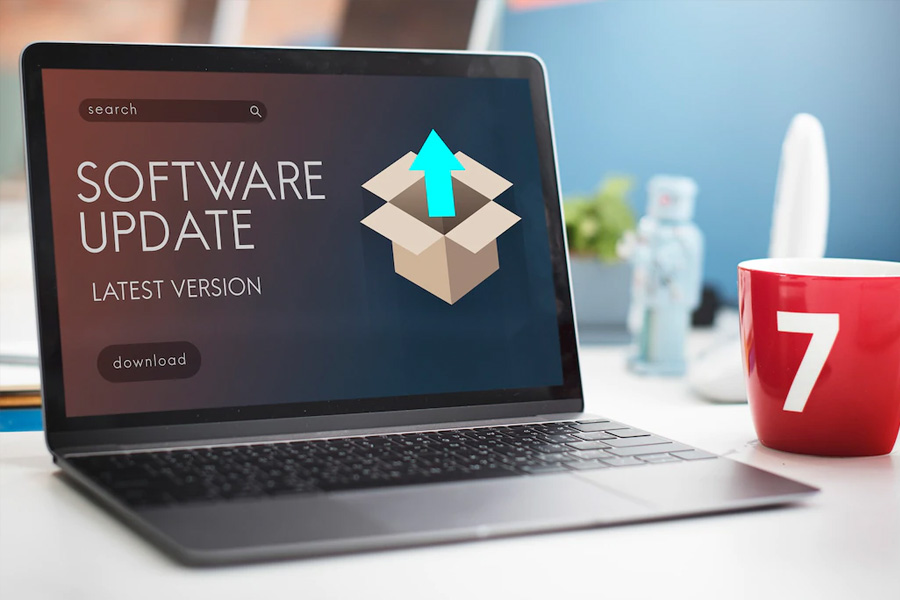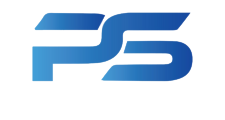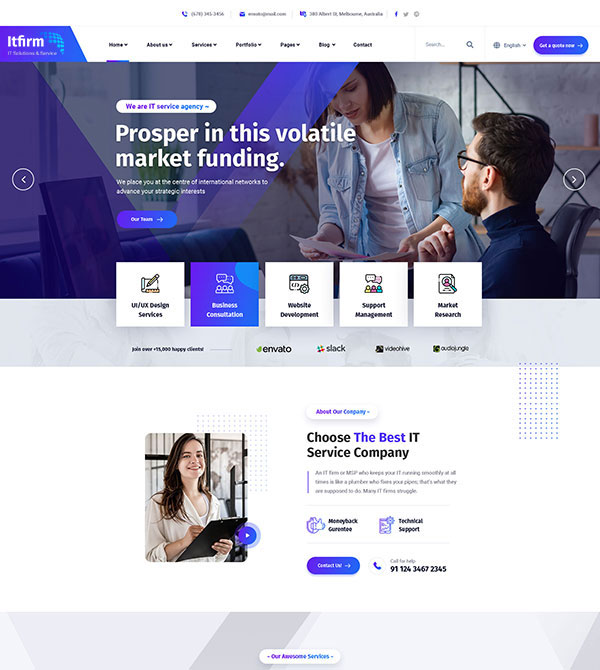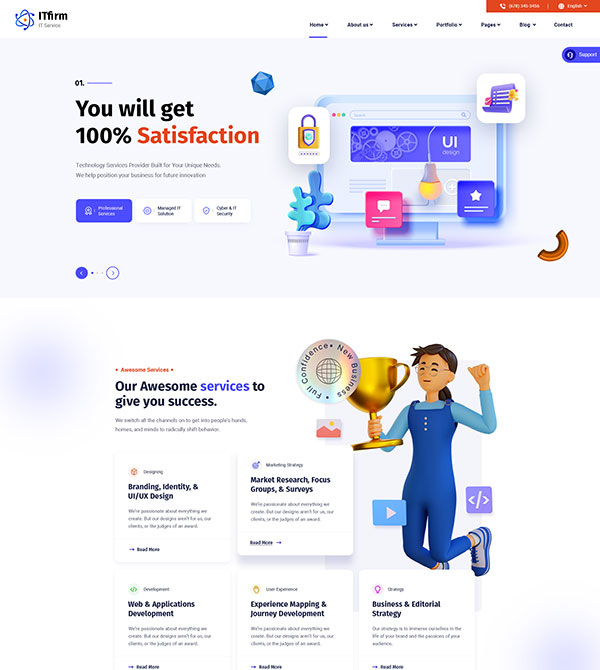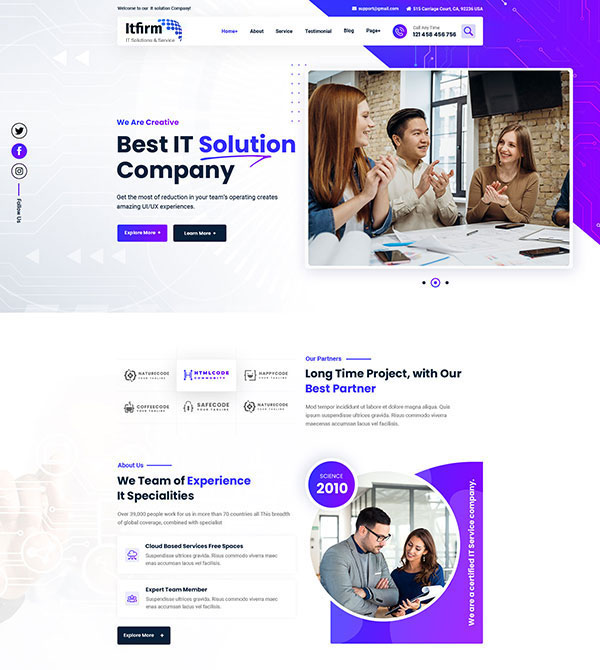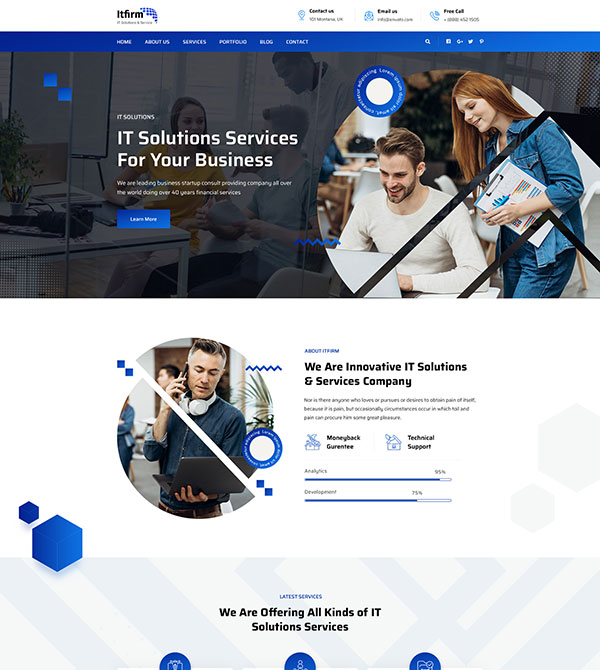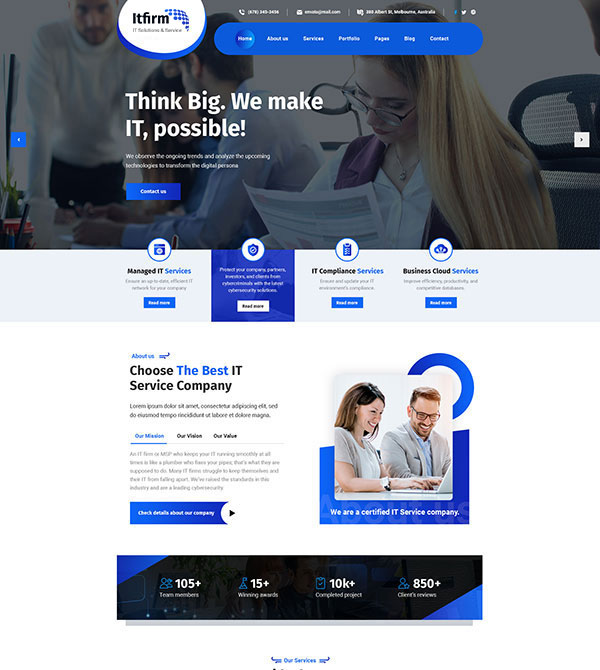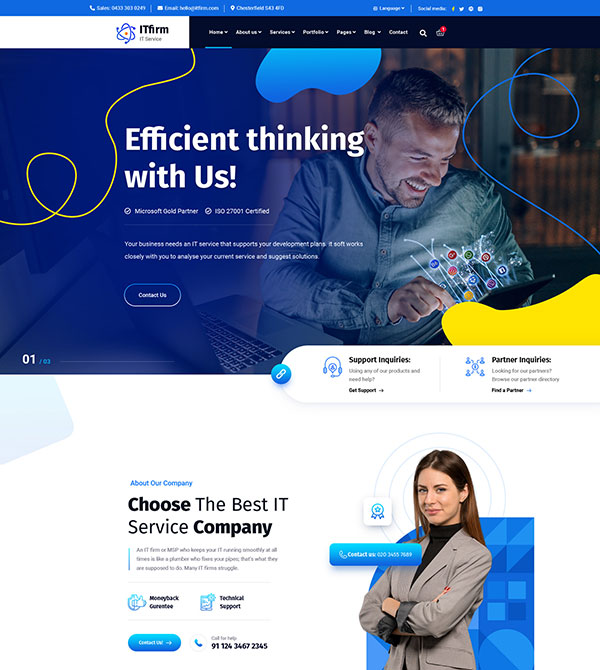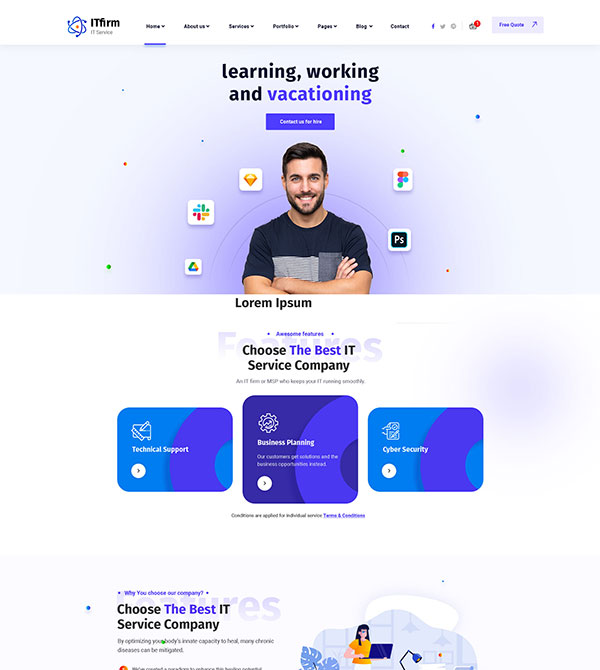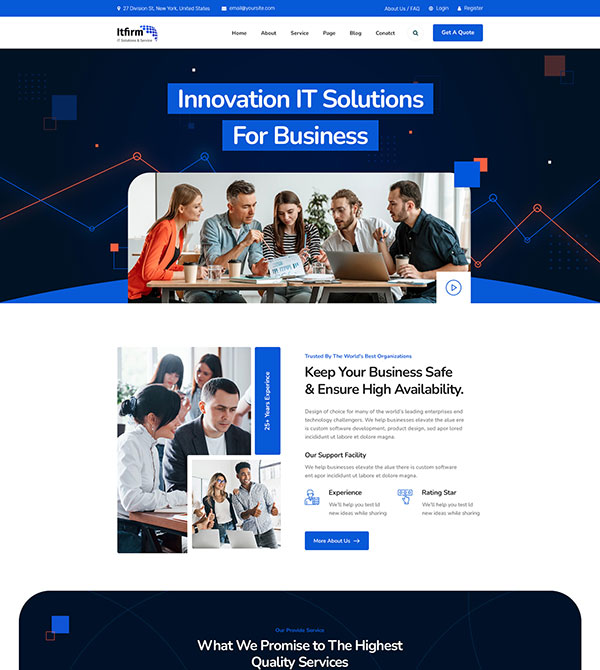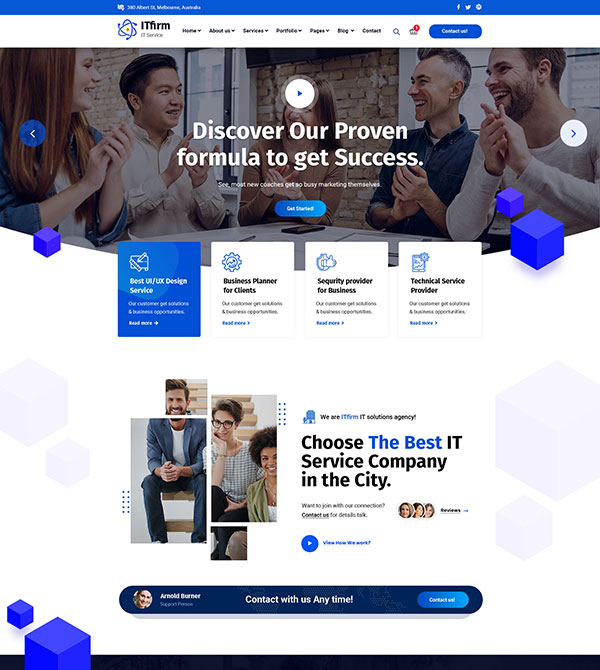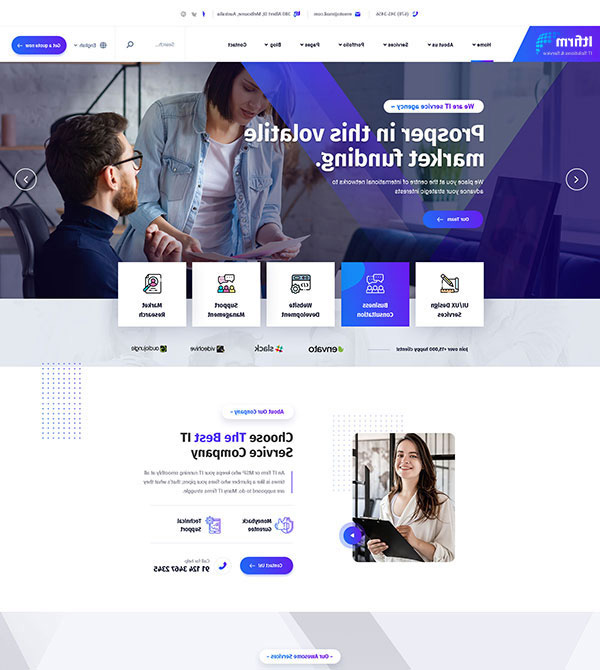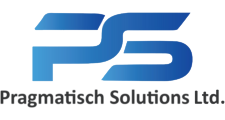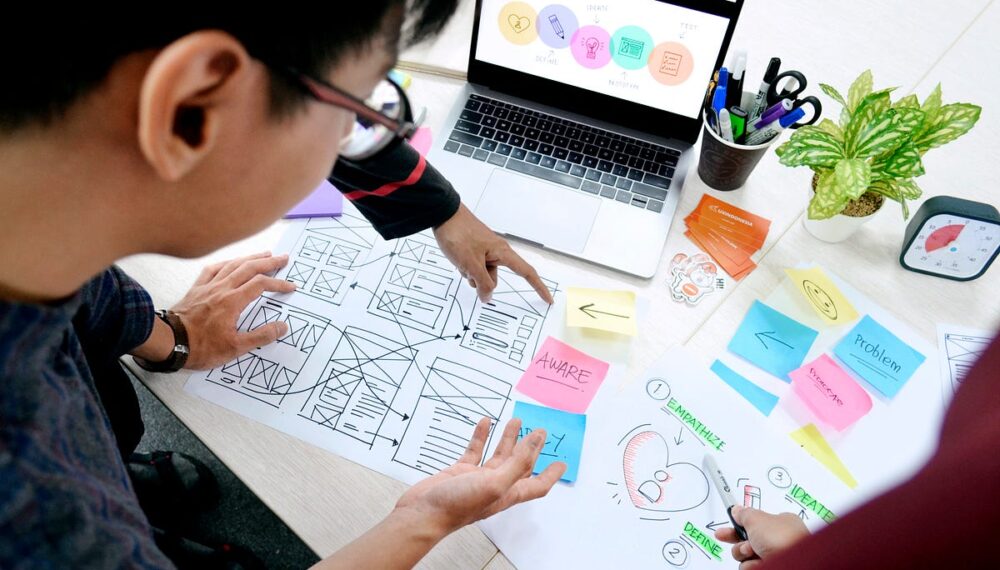
The Foundation of Successful Development Is Software Discovery
Pragmatisch Discovery Process: An Overview
Before we write a single line of code, our engineers and business analysts work with your team to identify goals, create requirements, outline technical specifications, and build prototypes of the finished product. That way, we can begin development with the confidence that everyone is on the same page, set up for success in bringing your vision to life.
The discovery process allows us not only to align on goals, but also to create educated, accurate cost estimates and RFP responses, beginning the project with the car and transparency we value at every phase of our relationships with our clients.
Identify goals & user personas
Analyze similar software solutions
Create a prototype
Iterate based on feedback
Benefits of Software Project Prototyping
Even once your team and ours have worked together to outline the key goals and features of the new software system, it can be difficult for your team to visualize the system come to life — that’s not because you haven’t successfully defined what you need, but because your expertise is your business, not its software.
So, to mitigate the risk of revealing a finished product only to have you discover it isn’t what you wanted, we use prototyping as a gentle step from the realm of abstract requirements into a more concrete picture of how your software will look, feel, and work. The process is like dipping a toe in the water before diving in.
Benefits of Software Project Prototyping
Even once your team and ours have worked together to outline the key goals and features of the new software system, it can be difficult for your team to visualize the system come to life — that’s not because you haven’t successfully defined what you need, but because your expertise is your business, not its software.
So, to mitigate the risk of revealing a finished product only to have you discover it isn’t what you wanted, we use prototyping as a gentle step from the realm of abstract requirements into a more concrete picture of how your software will look, feel, and work. The process is like dipping a toe in the water before diving in.
